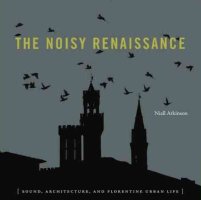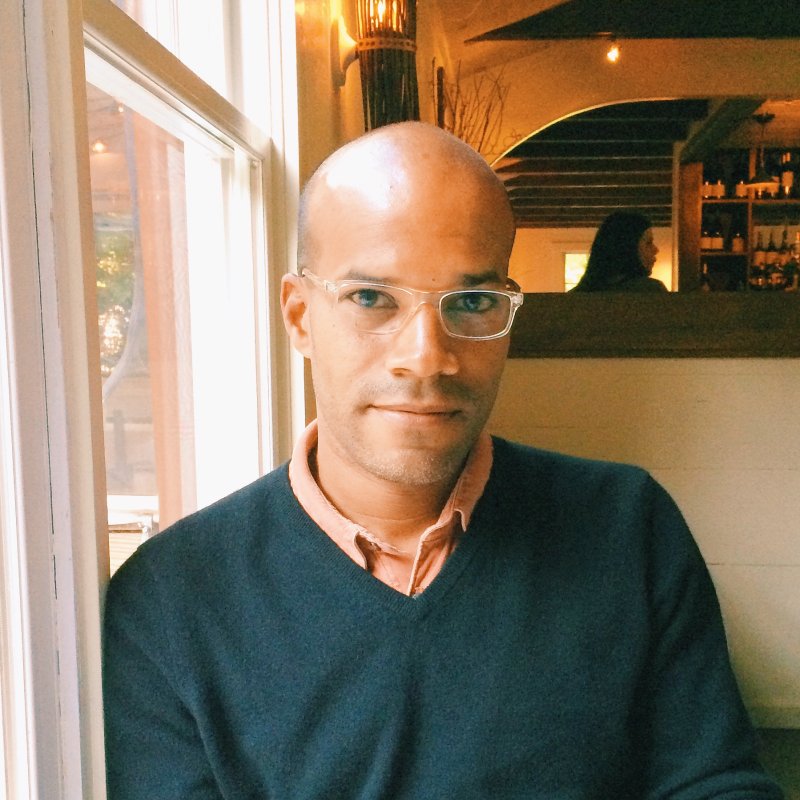Biography
Niall Atkinson’s teaching and scholarship focus on public space, urban history, soundscapes, geography and travel as well as the architecture and urbanism of late Medieval and Renaissance Italy. His research has concerned the relationship between sound, space, and architecture and their role in the construction of pre-modern urban societies. His current projects explore digital visualizations of early modern urban soundscapes through GIS technology, as well as the visual and sonic cultures of the Indian Ocean. He is also currently collaborating on a new book project with Susanna Caviglia (Duke University) that is tentatively entitled Wandering in Rome: French travelers and the image of the early modern city, which investigates the aesthetics and the mechanics of urban mobility that constituted the experience and representation of Rome for Early Modern French travelers.
In 2019, Atkinson was the Geddes Visiting Fellow at the School of Architecture at the University of Edinburgh. He received the President’s Citation for creative and curatorial work representing Chicago in 2018 as one of the curators of the US Pavilion at the Venice Architecture Biennale (American Institute of Architects (AIA). In 2018, he was also awarded a Faculty Award for Excellence in Graduate Teaching and Mentoring at the University of Chicago. In 2017-18, he was appointed a fellow at the Harvard Center for Italian Renaissance Studies, Villa I Tatti, and has received research grants from the Neubauer Collegium for Culture and Society (University of Chicago). He has also held fellowships from the Samuel H. Kress Foundation and the Kunsthistorisches Institut in Florenz (Max-Planck-Institut).
Atkinson’s publications include a monograph entitled The Noisy Renaissance: Sound, Architecture, and Florentine Urban Life (Pennsylvania State University Press, 2016). His articles include “Making Sense Of Rome in the Eighteenth-Century: Walking and the French Aesthetic Imagination,” Word and image, 34:3, 216-236 (with Susanna Caviglia); “Seeing Sound: Mapping the Florentine Soundscape," in Mapping Space, Sense, and Movement in Florence: Historical GIS and the Early Modem City, eds. Nicholas Terpstra, Colin Rose (Routledge, 2016), and “Thinking Through Noise, Building Toward Silence: Creating a Sound Mind and Sound Architecture in the Premodern City,” Grey Room 60 (2015). Elements of his current project on architecture and early modern geography has been published as “Getting Lost in the Italian Renaissance,” I Tatti Studies in the Renaissance 19, 1 (2016). Forthcoming articles on travel, urban mobility, and architectural experience will appear in Routledge and the Journal of Early Modern History.



















